Optimal Timing for Storm Restorations
Storm restorations are most effective when performed promptly after a storm event, but timing can also depend on seasonal weather patterns and local climate conditions. Proper scheduling ensures that damage is addressed before further deterioration occurs.
Immediate inspections after a storm help identify damage early, enabling timely restoration efforts to prevent secondary issues.
Spring and summer months often see increased storm activity, making these seasons ideal for planning storm restoration projects.
Dry weather periods facilitate safer and more effective restoration work, reducing delays caused by rain or high winds.
Understanding local storm seasons helps schedule restorations during periods of lower risk, minimizing disruptions.
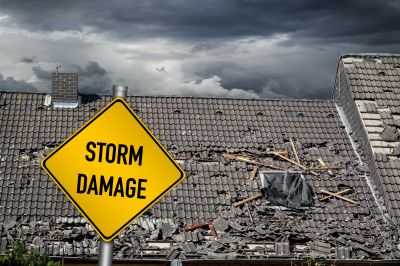
Assessing damage promptly after storms is crucial for effective restoration.

Specialized equipment ensures efficient repair work during optimal weather conditions.
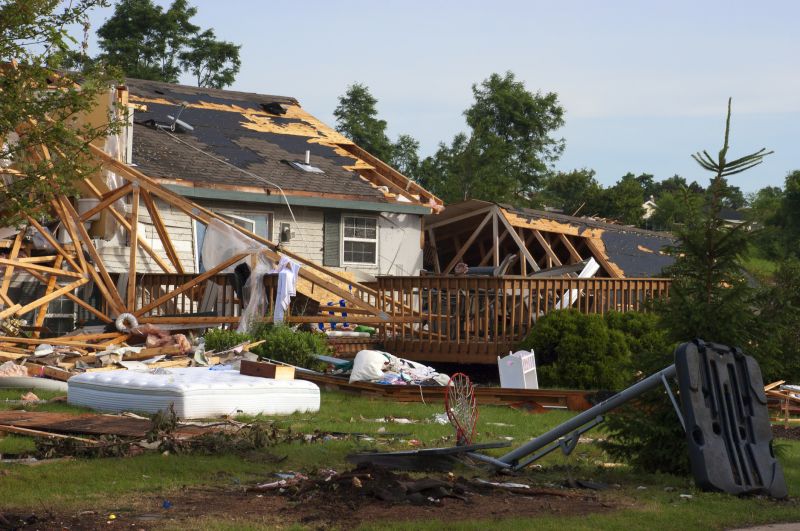
Rapid response teams are essential for addressing storm damage quickly and effectively.

Ways to make Storm Restorations work in tight or awkward layouts.

Popular materials for Storm Restorations and why they hold up over time.
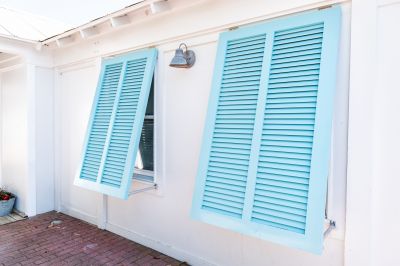
Simple add-ons that improve Storm Restorations without blowing the budget.
| Season | Optimal Timing |
|---|---|
| Spring | Ideal for early storm damage repairs before peak storm season. |
| Summer | High storm activity; requires prompt response to damage. |
| Fall | Good for preparing properties before winter storms. |
| Winter | Less common for storm damage, but repairs can be scheduled for dry periods. |
| Off-season | Less busy period for restorations, potentially more flexible scheduling. |
Storm restorations involve repairing damage caused by severe weather events such as high winds, hail, and heavy rainfall. These efforts include roof repairs, siding replacement, window restoration, and structural reinforcement. Timely restoration minimizes further damage, prevents mold growth, and restores property integrity. Statistically, addressing storm damage within the first few days can reduce repair costs and improve safety.
Understanding the optimal timing for storm restorations helps property owners plan effectively and ensures repairs are completed under suitable weather conditions. Proper scheduling also reduces the risk of secondary damage and accelerates the restoration process, maintaining property value and safety.
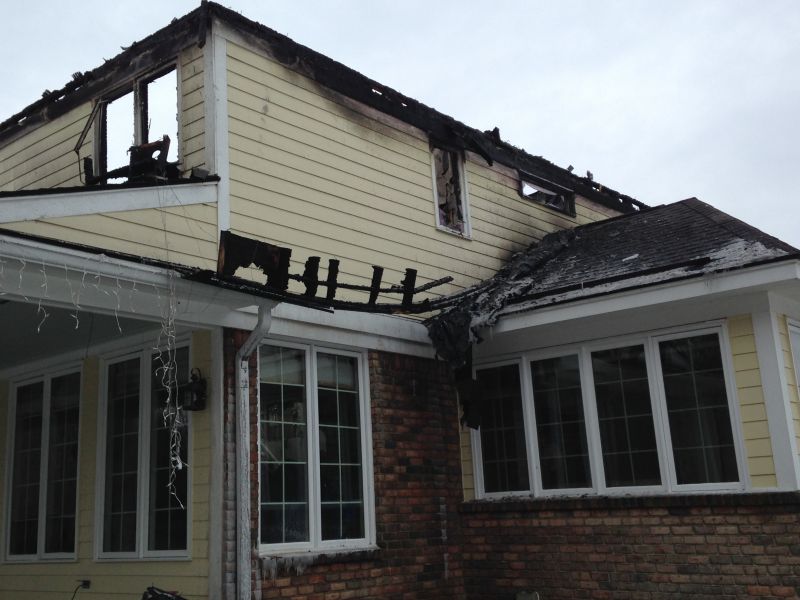
Restoration work to repair storm-related damage.
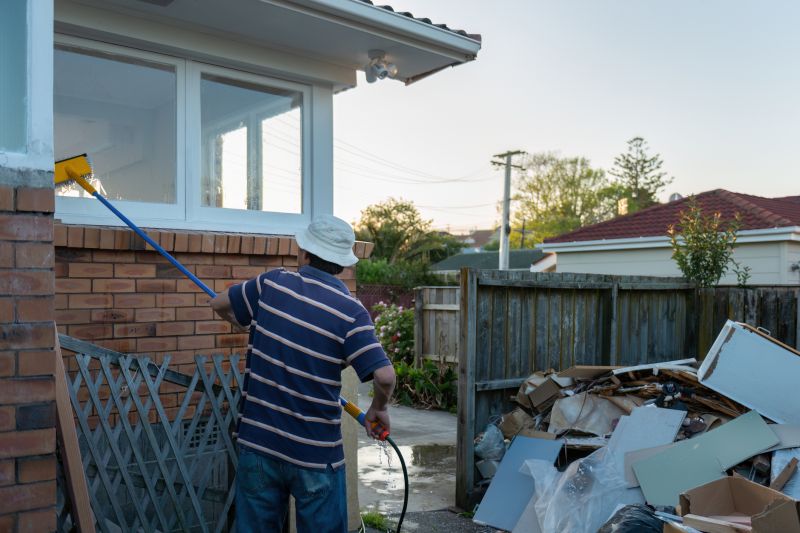
Teams working efficiently during favorable weather conditions.
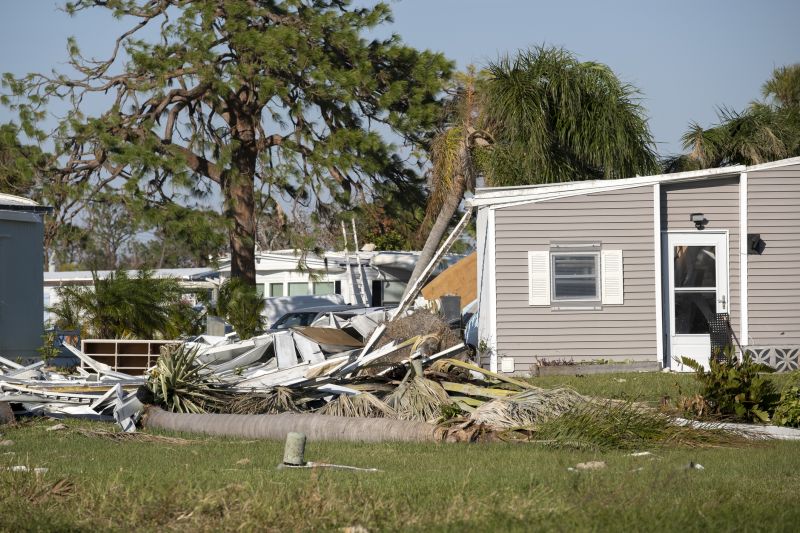
Completed repairs restoring properties to pre-storm condition.

High-end options that actually feel worth it for Storm Restorations.

Finishes and colors that play nicely with Storm Restorations.
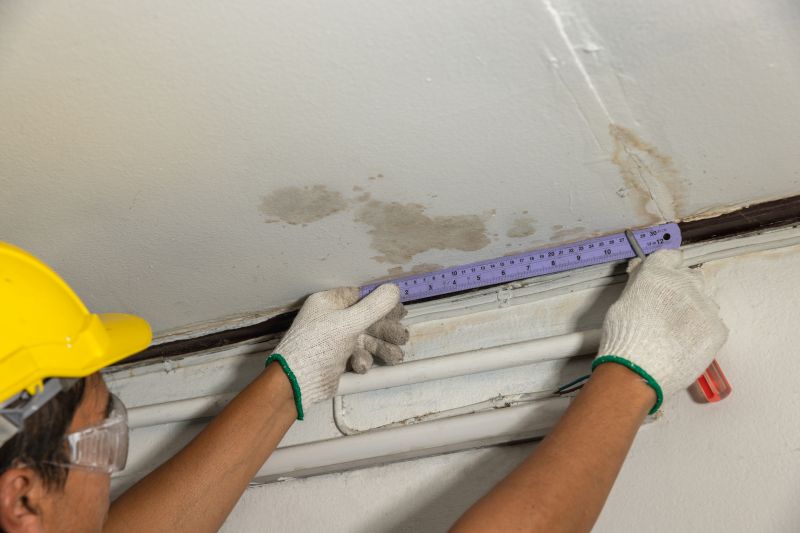
Little measurements that prevent headaches on Storm Restorations day.
For property owners interested in storm restorations, filling out the contact form provides an opportunity to discuss specific needs and schedule timely repairs. Prompt action ensures property resilience and helps maintain safety after severe weather events.
